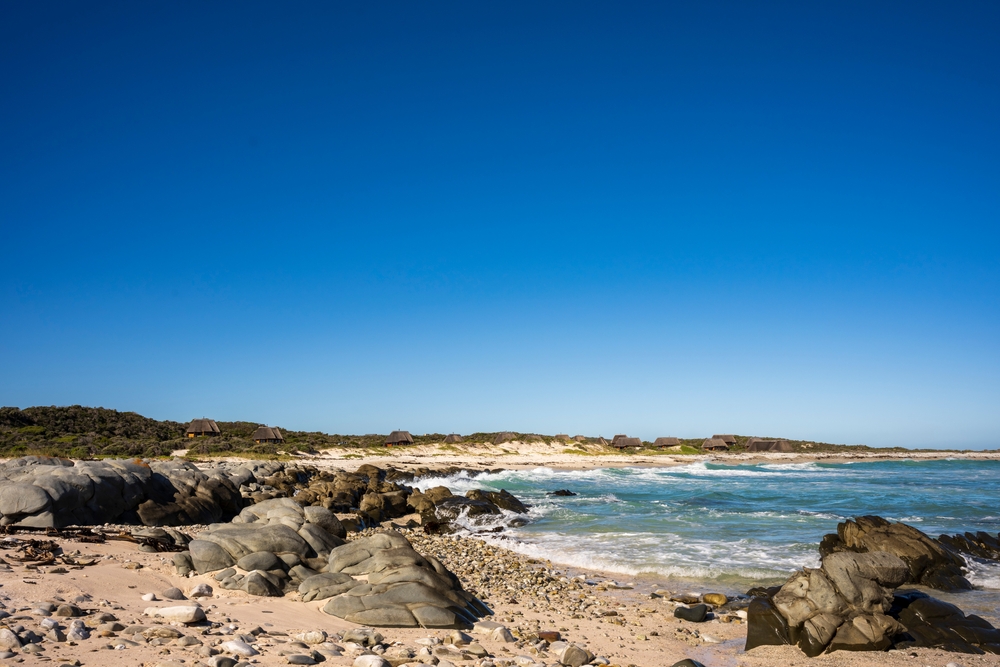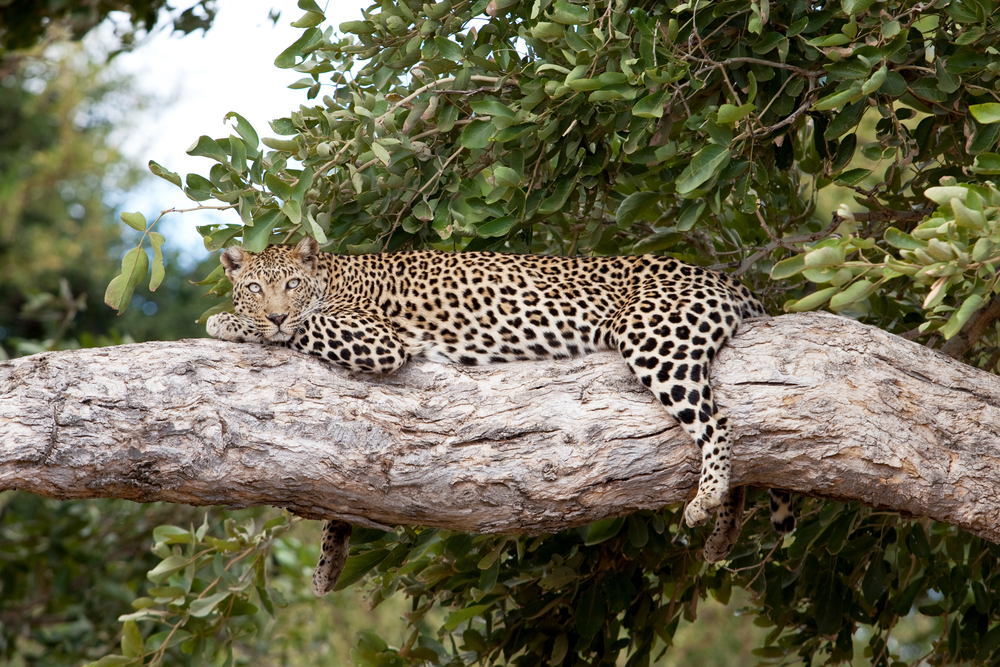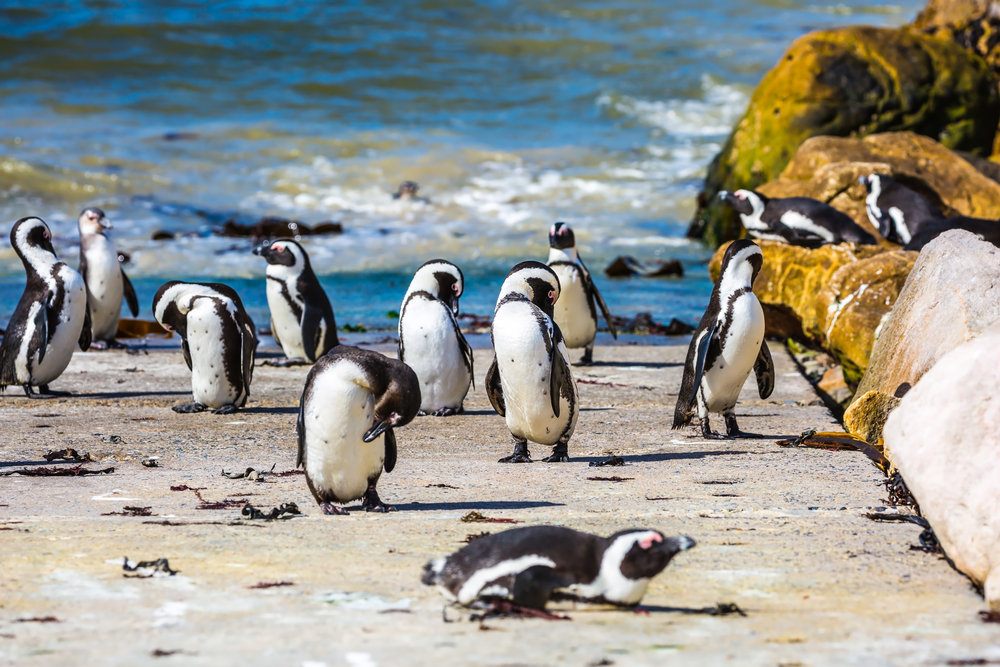Agulhas Overview
Agulhas National Park, located in the Western Cape Province of South Africa, is a unique conservation area that encompasses the southernmost tip of Africa. Established in 1999, the park spans approximately 21,000 hectares (81 square miles) and is named after Cape Agulhas, the point where the Atlantic and Indian Oceans meet. Known locally as “Agulhas Nasionale Park” in Afrikaans, the park is celebrated for its striking landscapes, rich biodiversity, and cultural heritage, making it a must-visit destination for nature lovers and history enthusiasts alike.
The terrain of Agulhas National Park is characterized by rolling fynbos-covered hills, rugged coastlines, sandy beaches, and wetlands. The park is part of the Cape Floral Region, a UNESCO World Heritage Site, renowned for its extraordinary plant diversity. Over 2,000 species of plants, including numerous endemic and rare species, thrive in this area. The coastline features jagged rocks and tidal pools, while the inland areas host wetlands and grasslands, creating a mosaic of habitats that support diverse ecosystems.
Agulhas National Park is home to a variety of wildlife. The coastal areas are frequented by marine species such as seals, dolphins, and whales, particularly southern right whales that migrate to these waters during the breeding season. The park’s terrestrial wildlife includes small antelope like grysbok and steenbok, as well as caracals and Cape clawless otters. Birdlife is abundant, with species such as the endangered African black oystercatcher and blue crane commonly spotted. The park’s wetlands attract wading birds and waterfowl, adding to its ecological richness.
Visitors to Agulhas National Park can enjoy a range of activities that showcase its natural beauty and cultural significance. The iconic Cape Agulhas Lighthouse, built in 1848, offers panoramic views of the coastline and an informative museum about the region’s maritime history. Hiking trails meander through the fynbos and wetlands, providing opportunities to observe the park’s flora and fauna. Birdwatching is particularly rewarding, especially in the wetlands and along the coast. The coastline’s tidal pools are perfect for exploring marine life, and the nearby shipwrecks, remnants of the region’s treacherous maritime past, offer a glimpse into history.
Despite its beauty and significance, Agulhas National Park faces challenges such as habitat loss, invasive plant species, and the impacts of climate change on its ecosystems. Conservation efforts led by South African National Parks (SANParks) focus on habitat restoration, invasive species control, and environmental education programs to raise awareness about the importance of protecting this unique area. Sustainable tourism initiatives aim to balance conservation with visitor enjoyment, ensuring the park remains a haven for biodiversity and a source of inspiration for future generations.
Agulhas National Park is a treasure of South Africa’s natural and cultural heritage. Its dramatic landscapes, unique biodiversity, and historical landmarks make it a must-visit destination for travelers. Protecting this park ensures the preservation of its ecosystems and reinforces its role as a vital part of the Cape Floral Region.














































































